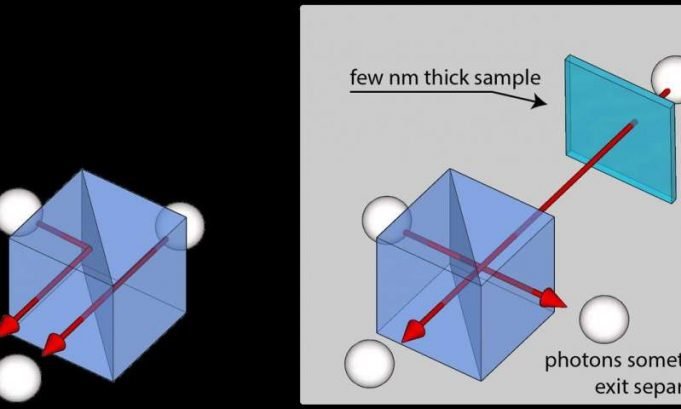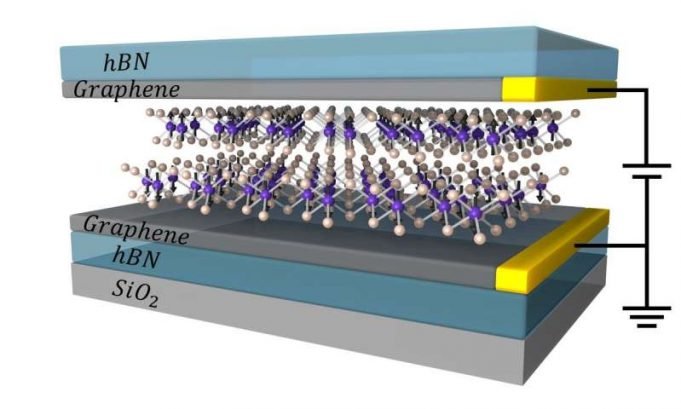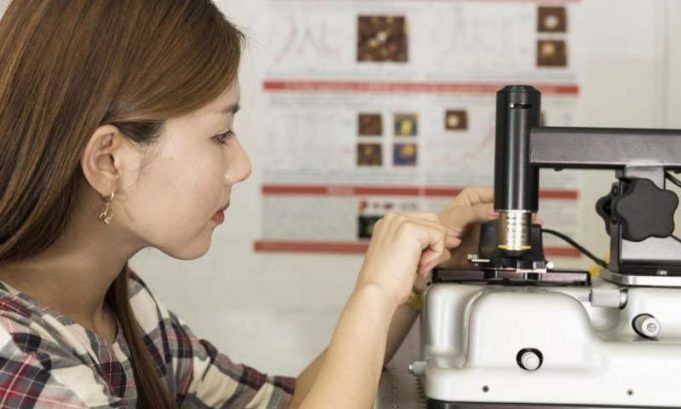The precision of measuring nanoscopic structures could be substantially improved, thanks to research involving the University of Warwick and QuantIC researchers at the University of Glasgow and Heriot Watt University into optical sensing.
QuantIC is the UK Quantum Technology Hub...
Magnetic materials are the backbone of modern digital information technologies, such as hard-disk storage. A University of Washington-led team has now taken this one step further by encoding information using magnets that are just a few layers of atoms...
MIT neuroscientists have developed a new magnetic resonance imaging (MRI) sensor that allows them to monitor neural activity deep within the brain by tracking calcium ions.
Because calcium ions are directly linked to neuronal firing—unlike the changes in blood flow...
Inspired by tiny nanostructures on transparent butterfly wings, engineers at Caltech have developed a synthetic analogue for eye implants that makes them more effective and longer-lasting. A paper about the research was published in Nature Nanotechnology.
Sections of the wings...
A remote command could one day send immune cells on a rampage against a malignant tumor. The ability to mobilize, from outside the body, targeted cancer immunotherapy inside the body has taken a step closer to becoming reality.
Bioengineers at...
A dash of salt can simplify the creation of two-dimensional materials, and thanks to Rice University scientists, the reason is becoming clear.
Boris Yakobson, a Rice professor of materials science and nanoengineering and of chemistry, was the go-to expert when...
Engineers at the U.S. Army Research Laboratory and the University of Maryland have developed a technique that causes a composite material to become stiffer and stronger on-demand when exposed to ultraviolet light.
This on-demand control of composite behavior could enable...
MIT engineers have developed a continuous manufacturing process that produces long strips of high-quality graphene.
The team's results are the first demonstration of an industrial, scalable method for manufacturing high-quality graphene that is tailored for use in membranes that filter...
Trapping light with an optical version of a whispering gallery, researchers at the National Institute of Standards and Technology (NIST) have developed a nanoscale coating for solar cells that enables them to absorb about 20 percent more sunlight than...
A team including physicists from the University of Basel has succeeded in using atomic force microscopy to obtain clear images of individual impurity atoms in graphene ribbons. Thanks to the forces measured in the graphene's two-dimensional carbon lattice, they...
Researchers at the University of Sydney have established a method to identify individual nanoparticles released by human cells, opening the way for them to become diagnostic tools in the early-detection of cancers, dementia and kidney disease.
The particles, known as...


















